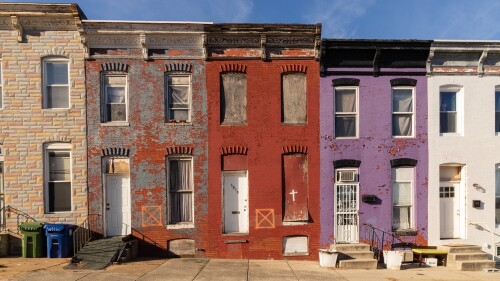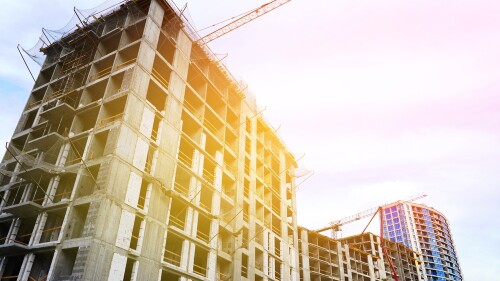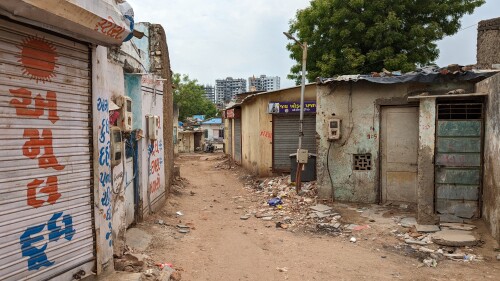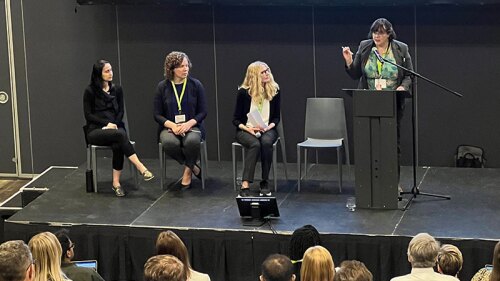Affordable Housing
A $3.6 billion commitment to create or preserve 35,000-plus affordable homes
President Biden’s administration aims to speed up historic building reviews.
The city of Baltimore has approximately 13,000 abandoned houses and 20,000 vacant lots that create health, safety, and financial hazards for nearby properties. Although it might seem simple to fix and flip these homes, the math doesn’t easily compute.
In an era when the demand for attainable housing continues to outpace supply, sustainable workforce housing is a necessary and prudent investment decision based on three key market trends. Primarily, the demand for attainable housing is growing. Workforce rental housing is increasingly sought after, particularly given dwindling affordability and growing barriers to home ownership. Last but not least, generational demand contributes to the rise of sustainable multifamily housing.
Divyabahen grew up in Ramapir No Tekro, an area of Ahmedabad in northwest India. Labeled a “slum,” it sits on land formally owned by the city. After getting married, Divyabahen lived with her husband’s family for a short time before they looked for a place of their own. Unable to afford to rent or buy a home, they built a small house on public land along a creek near Divayabahen’s childhood home. They enjoyed living under the large shade trees, with space around them and extended family nearby.
The 2024 Terwilliger Center Home Attainability Index (HAI) features a full set of interactive data visualization tools that can help ULI members unpack housing challenges nationwide and specifically for their locale.
AUSTIN—Despite rumblings to the contrary, the American dream of homeownership is not a fading relic from the nation’s Post World War II era. In fact, homeownership remains a key lever to elevate families from generational poverty to the middle class, according to two of the nation’s top leaders in the housing industry.
AUSTIN – The nation’s housing market may show a slight uptick this year, but for millions of Americans spanning the great gulf of home affordability will remain impossible, according to opening day speakers at the 2024 ULI Housing Opportunity Conference, which drew more than 500 attendees.
Ethnic and cultural diversity, combined with a reputation as a welcoming place for immigrants, has long been a strength of the Greater Toronto Area—and it has also influenced the city’s development, panelists cautioned at ULI’s 2023 Spring Meeting.
ULI’s fourth annual Resilience Summit in Toronto featured a panel of affordable housing and climate crisis experts offering solutions in the face of sobering odds.









